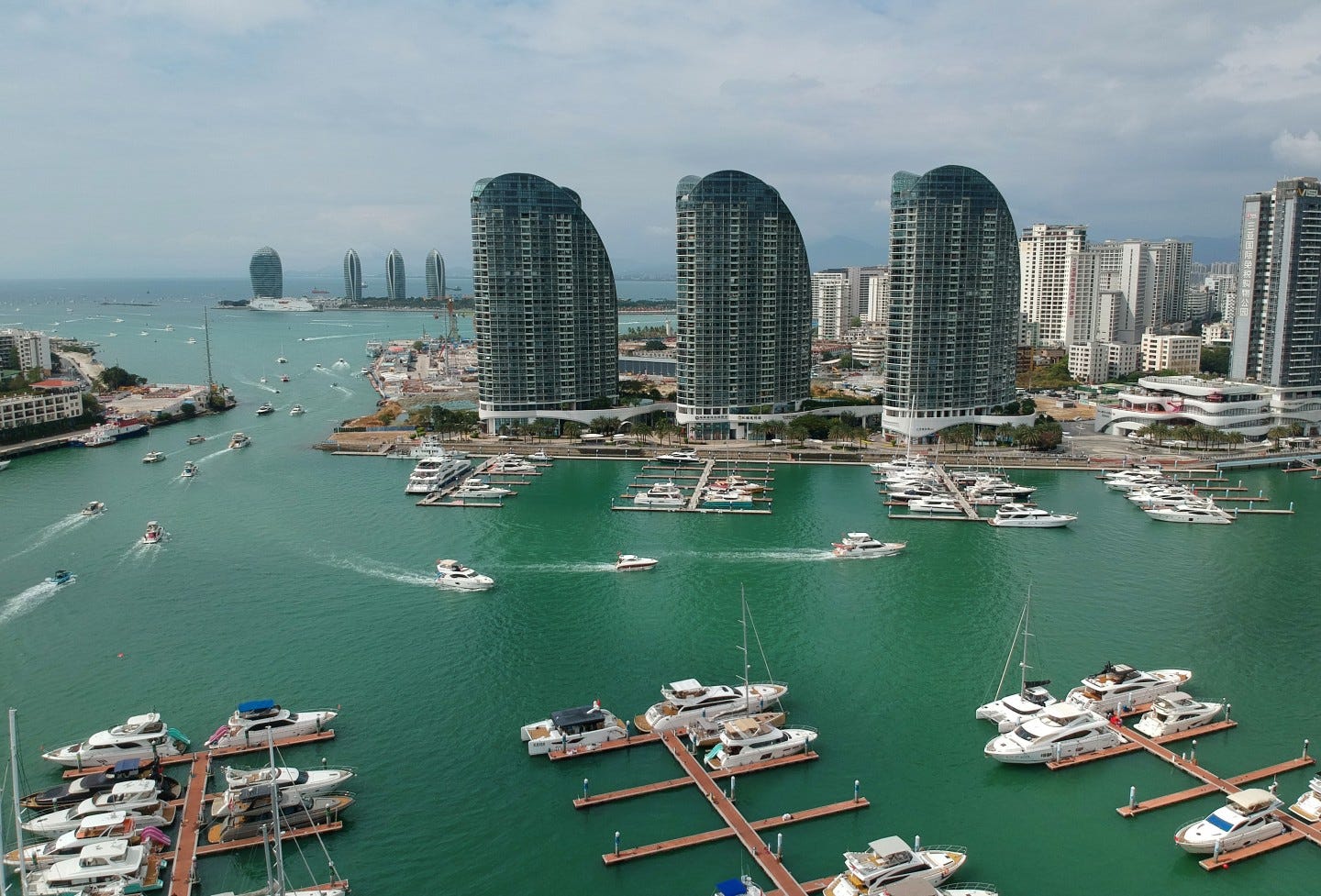Will Hainan Island become the new Hong Kong?
Hainan to launch independent customs operations and open visa-free to 85 countries on Dec 18, 2025

Hainan will implem…
Keep reading with a 7-day free trial
Subscribe to China Decoded to keep reading this post and get 7 days of free access to the full post archives.
